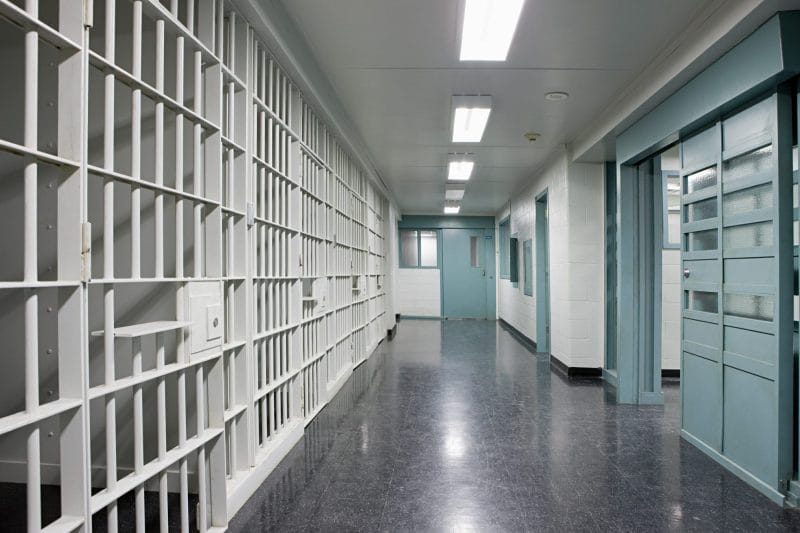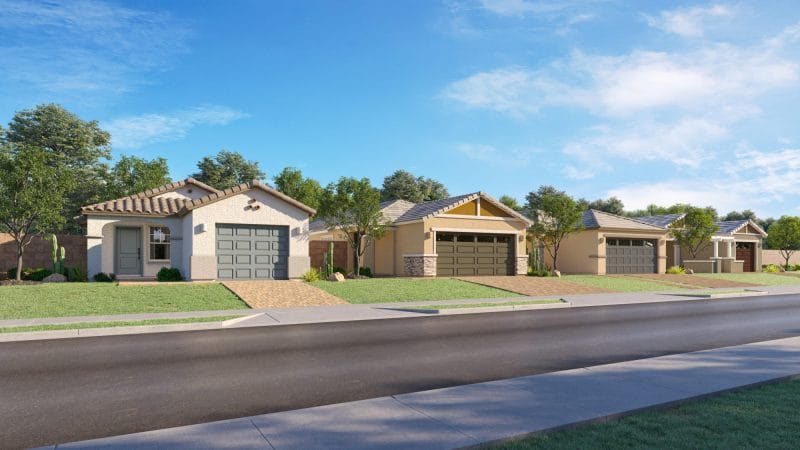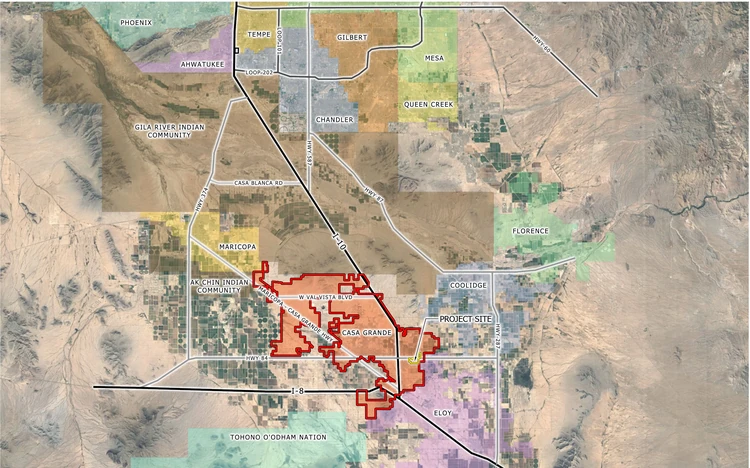 More than 800 golf courses have closed over a decade. Now clubhouses are going up in flames.
More than 800 golf courses have closed over a decade. Now clubhouses are going up in flames.
By Patrick Clark | Bloomberg
The dark clouds rolled in over Phoenix’s Ahwatukee Lakes Golf Course in 2013, when its owner declared that the costs of keeping it open had outstripped what he was collecting in green fees.
Wilson Gee, a California businessman, shuttered the golf course, erected barbed-wire fences, and began looking for a buyer, telling reporters the land would never be a working golf course again. Homeowners, complaining he was turning the course into an eyesore in order to win approval to redevelop it into single-family homes, sued to reopen it. Gee shanked his first attempt to sell it in 2014, when one homebuilder walked away from a deal, but last year found a buyer in a Denver-based developer.
Then one night in February, the dark clouds turned to smoke, and a fire caved in the clubhouse roof.
It’s a local story, defined by conditions peculiar to Ahwatukee, a community of about 80,000 separated from downtown Phoenix by a collection of 2,500-foot peaks known as South Mountain. But the dynamics that bred the deadlock between the struggling golf course’s owner and its aggrieved neighbors are mirrored in communities across the country.
More than 800 golf courses have closed nationwide in the last decade, as operators grapple with declining interest in the sport and a glut of competition. Many of those shuttered courses were built on land proscribed from redevelopment by local zoning codes seeking to preserve open space—or, as with Ahwatukee, by deed restrictions intended to protect homeowners who had paid a premium to live near a golf course.








